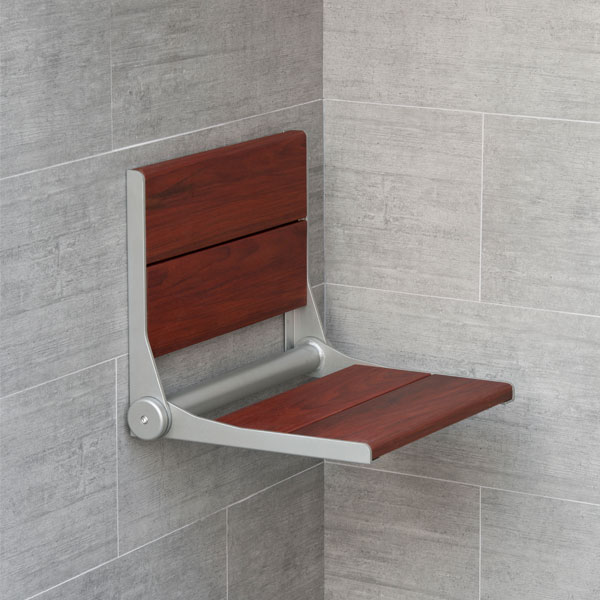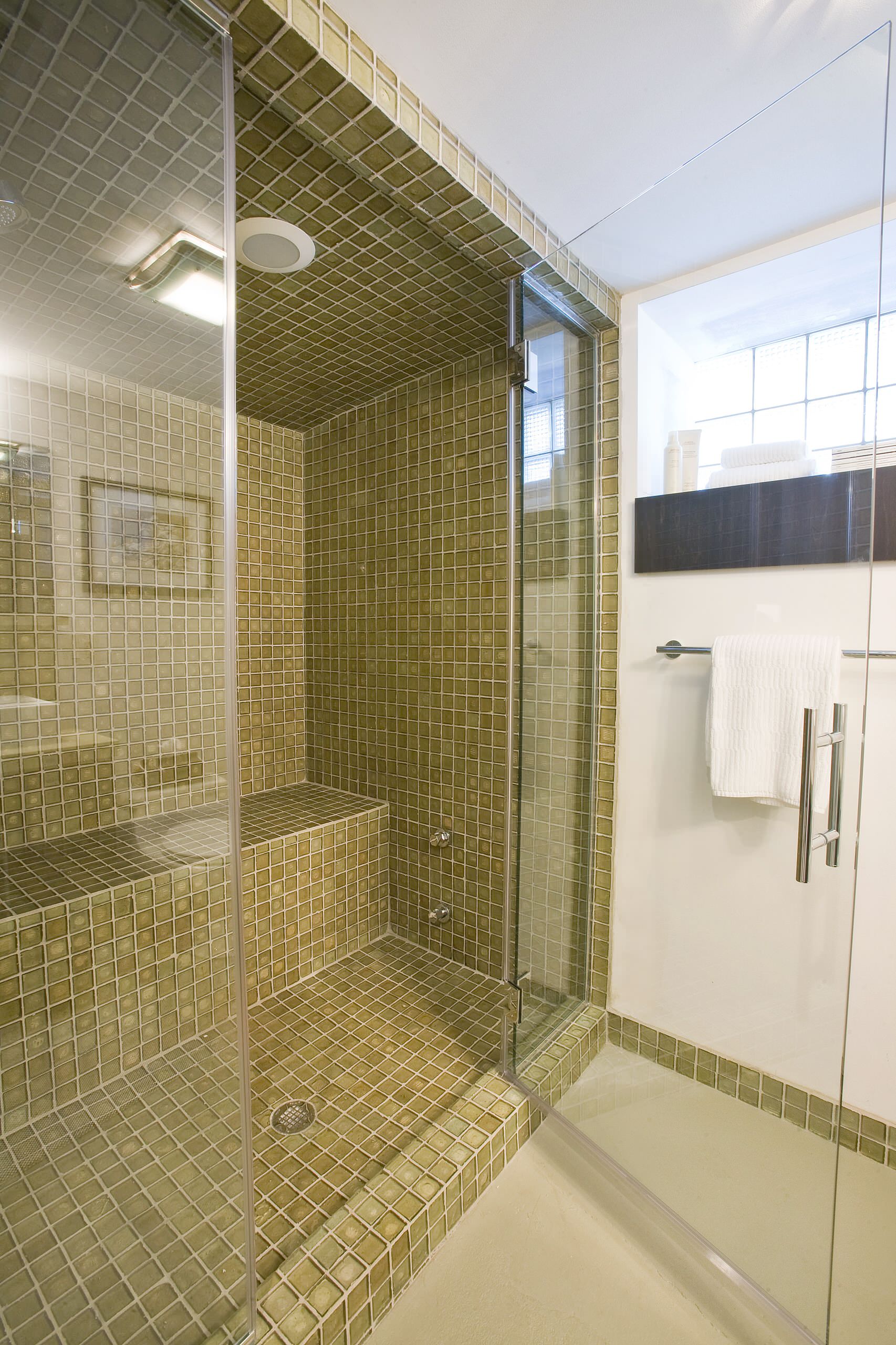Guidelines To Follow When Building a Steam Shower.
So you have read up on the benefits of steam showers, and now you want to turn your ordinary shower at home into a steam shower oasis. There are a few build guidelines to make sure to follow before getting started. These steps will help ensure a successful project!
Where Will You Sit?
Before anything, decide what your shower will look like. If you are installing in your current shower and not making any kind of seating modifications, no need to worry. Plenty of folding and flip down/wall mounted seating options are available for showers of all sizes.


Materials Used
Multiple different component materials need to be considered before steam can be safe for your shower.
The first component of the shower to consider is the walls. The walls need to keep the moisture in and prevent condensation from escaping. Your vapor/water membrane should be rated below .5 perms per the Tile Council of North America's guidelines for permeability ratings.
The second component you should equate into your project is the material of the shower itself. Most steam showers are installed in ceramic tile showers, however, natural stone showers can also handle steam. For natural stone, the density of the material may require a larger steam generator to be used to properly heat the stone. If you ever have any questions regarding the size of generator needed for you application, feel free to contact us.
Lastly, the door to your shower must also be considered. The door must act as a seal to keep steam in the shower, meaning there must not be any gaps from the floor to the ceiling. Some showers use a full size door from floor to ceiling as mentioned, but another option would be having an additional piece of pivoting or hinged glass at the top as pictured below.
Ceiling Slope
Another guideline to follow when considering installing a steam shower in your home is the ceiling of the shower. It is best practice to have a sloped ceiling over the shower so that water condensation can run off rather than form droplets that drip down on to you. The slope suggested by manufactures is 1:12.

Ceiling Height
Ceiling height in a steam shower can be the difference of thousands of dollars. The ideal height for a ceiling in a steam shower is 8 feet or below. If you go any higher, you will likely need to size up with your generator considerably. You can go as high as 10 feet, but just be aware that you will need to be spending more on a larger generator, which will also have a higher Amperage, which we will talk about next.
Electrical Requirements
Drain Lines
Steam generators need to drain the water from the tank, the need for drain lines is often overlooked until you begin installation and costs can come as a bit of sticker shock. You should be aware that most steam generators will run two drain lines which must drain to an approved location by your local building codes. One drain line will be there for emergency situations from the drain pan in case of leaks, the other will be from the generator directly. One exception of this comes with the brand ThermaSol, which uses a pressurized inner tank to flush the water directly through the steam head. This type of draining system also helps fight scale within the generator better than the average gravity drain.
Hopefully this blog has helped you understand the required specifications of a steam shower project. To make the steam shower purchasing process as easy as possible, we have curated steam shower packages that are designed for your individual application. You can learn more about the components of a steam shower here.
As always, we are available to answer any questions you have before purchasing. Feel free to direct those questions to us on our contact us page.




